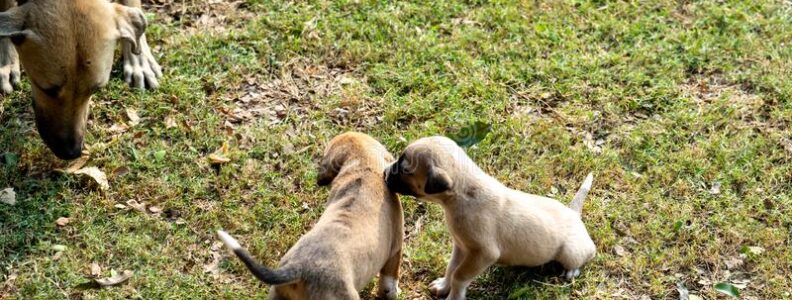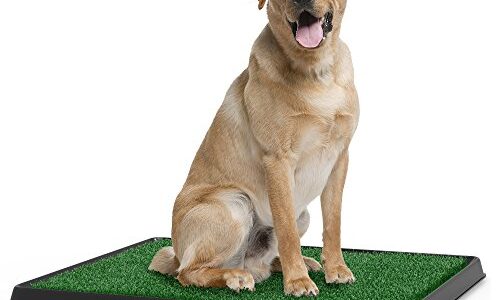Dog grass Melbourne is an alternative to natural grass that can save you time, money and energy. It looks beautiful, is easy to maintain and is available in different types.
Pet grass can also be grown in containers for year-round indoors. It’s also a great plant for small pets, such as guinea pigs and rabbits.
Grass that grows quickly and has deep, tough roots can be more resistant to damage from dogs. Grasses that spread via rhizomes or stolons will often grow to fill in bare areas, rather than needing to be replanted every time your dog damages the area.
Other options for pet-friendly grass include Zoysia, Couch grass and Kikuyu. They are all good choices for yards with dogs, and can handle a lot of wear.
Artificial turf is another option that’s gaining popularity for homeowners in Melbourne and other parts of Australia. This is an alternative to real grass that can look fantastic all year round and requires very little maintenance.
Unlike natural grass, this type does not require water. This can be a big benefit for homeowners in Melbourne who have trouble keeping up with watering their lawns in the summer, or those who live in areas where natural grass cannot survive.
If you’re looking to install synthetic grass for dogs in Melbourne Contact us K9 Grass today, the first step is selecting a suitable variety of grass. Some types of grass are more resistant to dog damage than others, and some have a higher resistance to shadiness or periods of drought.
Dogs can cause a lot of damage to your lawn, from digging up it, creating brown dog urine spots, wearing ruts and causing mud, puddles, and odour problems. Synthetic grass is a great way to avoid these issues and save time and money on maintenance.

